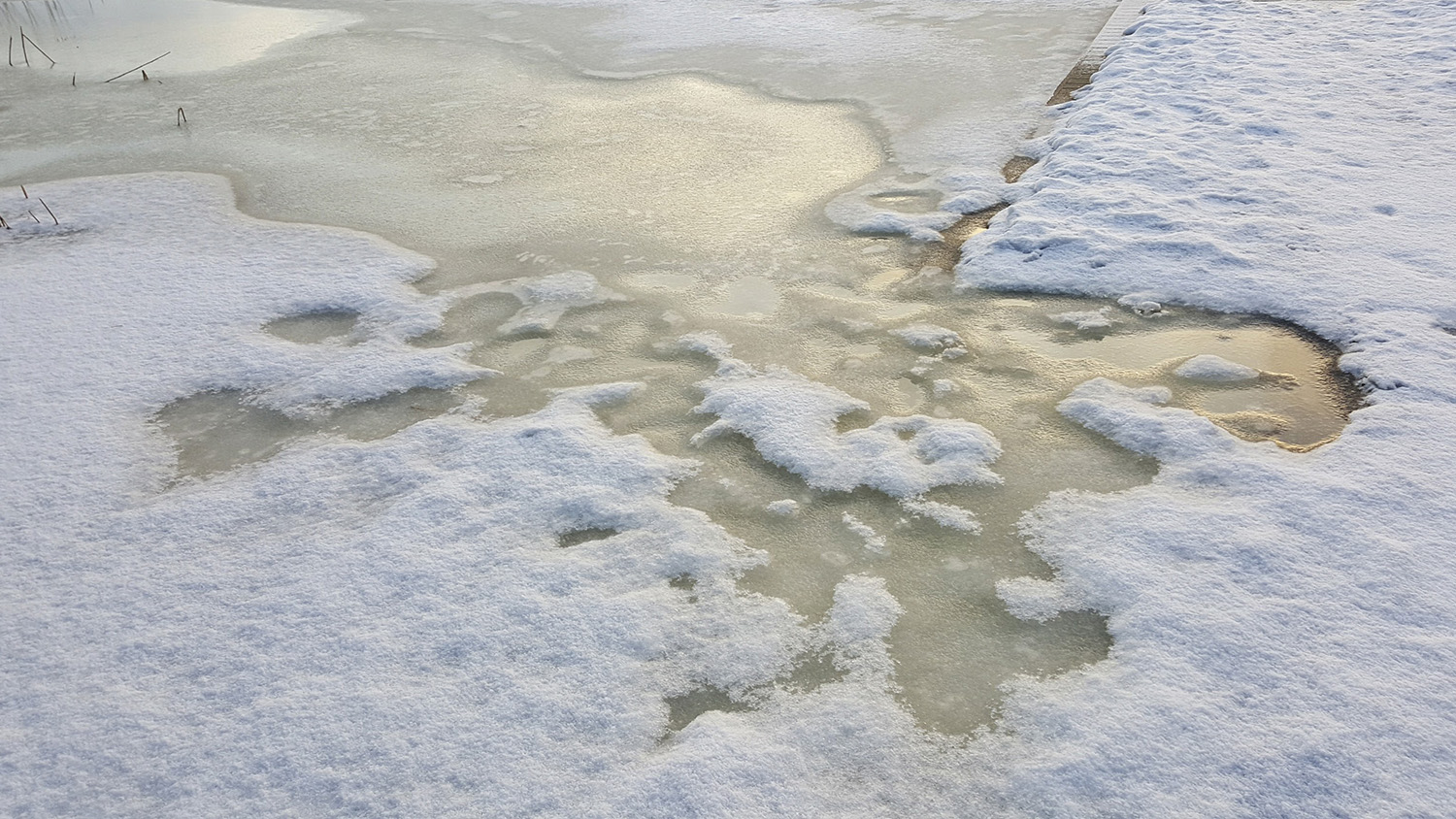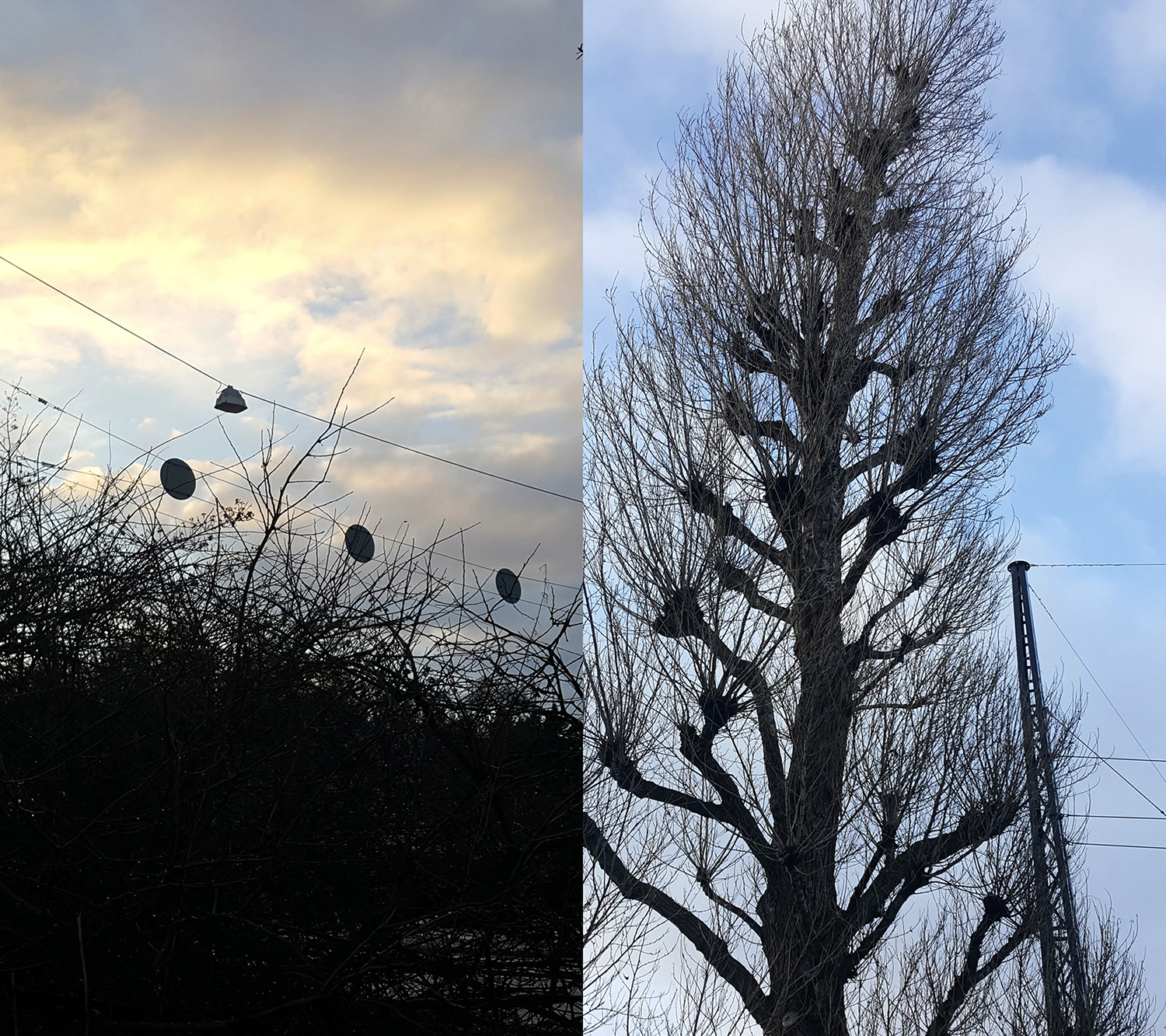digital familiar

Digital Familiar is a sculpture of a moving book. The book itself was laser cut with a quote from Marx as well as living hinges so that it would fold and warp. It was mounted on legs that connected to threaded rod and stepper motors. The stepper motors turned the rod to move the legs up and down, deforming the book as well as the shadows of the text. The book was lit--and shadows created--by a projection of skin images from above the piece.


Research Paper PDF
Notes
Creative Process
Art In Helsinki
Photo Essay
Prototypes
Creative Process
The first half of this term left me feeling burned out and empty of ideas. I had entered the term expecting to continue my work regarding surveillance, identity, and predictive data. Though these topics still interest me, I've felt unsure about how to move forward with them.Over spring break, I went to Helsinki to install work in a show as part of last term's Occupy Earth class. This trip also gave me much-needed distance from New York and the term. I've long repeated the same creative process, though as I've matured, it's become more consistent and thorough. Crucial to this process is a fallow period, time when I'm reflecting, resting, and thinking--slow time, ideally in a natural setting. Hopefully Helsinki has provided enough down time.
When I'm working on a project, I do academic research, reading, and writing about my topic. This helps me to develop an informed thesis that I'll work from.
As I develop an intellectual lens, I also begin honing an aesthetic approach for the project. These two practices eventually converge.
Usually, I'll go on daily walks and take many photos. They aren't great photos, but this collection of images and the process of editing helps me to define some colors, materials, and other formal elements that I'll reference in my project. Most importantly, walking, observing, photographing, and editing trains me to see according to the specific aesthetic and theoretical lenses I've chosen. This practice equips me to make effective creative decisions throughout my project.
I should emerge from these initial stages with a set of academic sources and some writing, as well as a wealth of sensory input and edited photos. These compilations will be references to guide me throughout my project. I'll also have my mind set up to execute the project.

Repeating process: research moving towards prototyping now through April 23.
4th-11th: Finish reading, work on small prototypes and experiments. Continue to write up reflections, as work towards final paper.
11th-18th: Work on larger-scale and more targeted prototypes, to finalize concept and ensure smooth fabrication and function.
By April 23, all components ready for final fabrication push.
Art in Helsinki
Prehistoric Rock
This is a rock from the National Museum, prehistoric history section. Early humans in the region of Finland left offerings to their ancestors in these small pits. The pits, ground into the rock, revealed visible rock layers--I suppose these people really did reference the past, in leaving offerings layers deep into the rock.

Flo Kasearu, Uprising, 2015
This piece consisted of a large "paper" airplane folded out of metal, and a video. The artist renovated an old family house, and in the process, removed the roof and folded the sheet metal into airplanes. The video consists of dizzying aerial shots of the process. Atmospheric music plays in the space. This was a moving, physically engaging piece, addressing border crossing, military power, and airspace.
To me an airplane built from a house, in the dialogue of border crossing, conveyed a haunting aspirational hope, undercut by the metal material.

Adel Abidin, History Wipes
2018 Atheneum Show

https://ateneum.fi/nayttelyt/adel-abidin-history-wipes/?lang=en
This was by far the most thought-provoking show I saw here. It's brutal, subtle, and relevant to DT.
The first piece I saw was a series of glass torture masks, a reference to torture masks that the Iraq national football team was forced to wear after losses. These masks are exquisitely crafted and horrifying.
In a very different realm, I've also been working with fragile yet coercive wearables. The issue of "soft" power as it relates to surveillance and predictive data is at the heart of my thesis: social media and technology create discipline through passivity and psychological training.
Soft state power is not a new idea; bread and circuses afforded Rome control. However, I'm specifically interested in media technology as physical discipline. Last term I cited Stelarc as an artist who uses technology with binary power: total control or coercion. Physical technology in the hands of the military does operate on a binary. Media, however, from written language to the printing press to Facebook, seems to have a more complex narrative of agency. It may be seen as a mechanism of control--written language in the hands of the few--or as a means of intellectual liberation--the Gutenberg Bible. State radio or television is certainly a means of control, but the internet was heralded as a space for freedom and civil society.
How do these media technologies alter the body, and therefore alter a citizen's agency, and the spatial functioning of the body politic?
Photo Essay










Inspiration
I've been researching torture, pain, and the idea of the perversion of familiarity. This is a piece from Man Ray that conveys familiarity and betrayal:

The Gift
https://www.mo-artgallery.nl/manrayplhr.htm
and this quiet image from Magritte:

The Banquet
https://www.renemagritte.org/the-banquet.jsp
Anila Quayyum Agha

Shimmering Mirage
https://www.anilaagha.com/shimmering-mirage/
Prototypes

For the test above, I used paper.js to generate distorted chair profiles and associated bodies. In creating these images, I was thinking about the extended self and the way a body may be shaped--or distorted--by the objects around it.

In this prototype, I used p5.js and Markov chains to make composite images of chair .jpegs from a Google search. I was thinking about data and surveillance, customized search results, and the link between the mind and the body.


This book is made of cloth, with tacks sticking up through the pages from the back. I began to think about a book as a representation of mediation between the mind and the body--data made physical. I also was interested in the idea of a slow reveal, with the spikes only gradually emerging and compelling a reader to hold the book carefully. Finally, I wanted the cloth to feel tactile and suggestive of the body, with clean pages the heighten the threat of blood from being poked with the tacks.